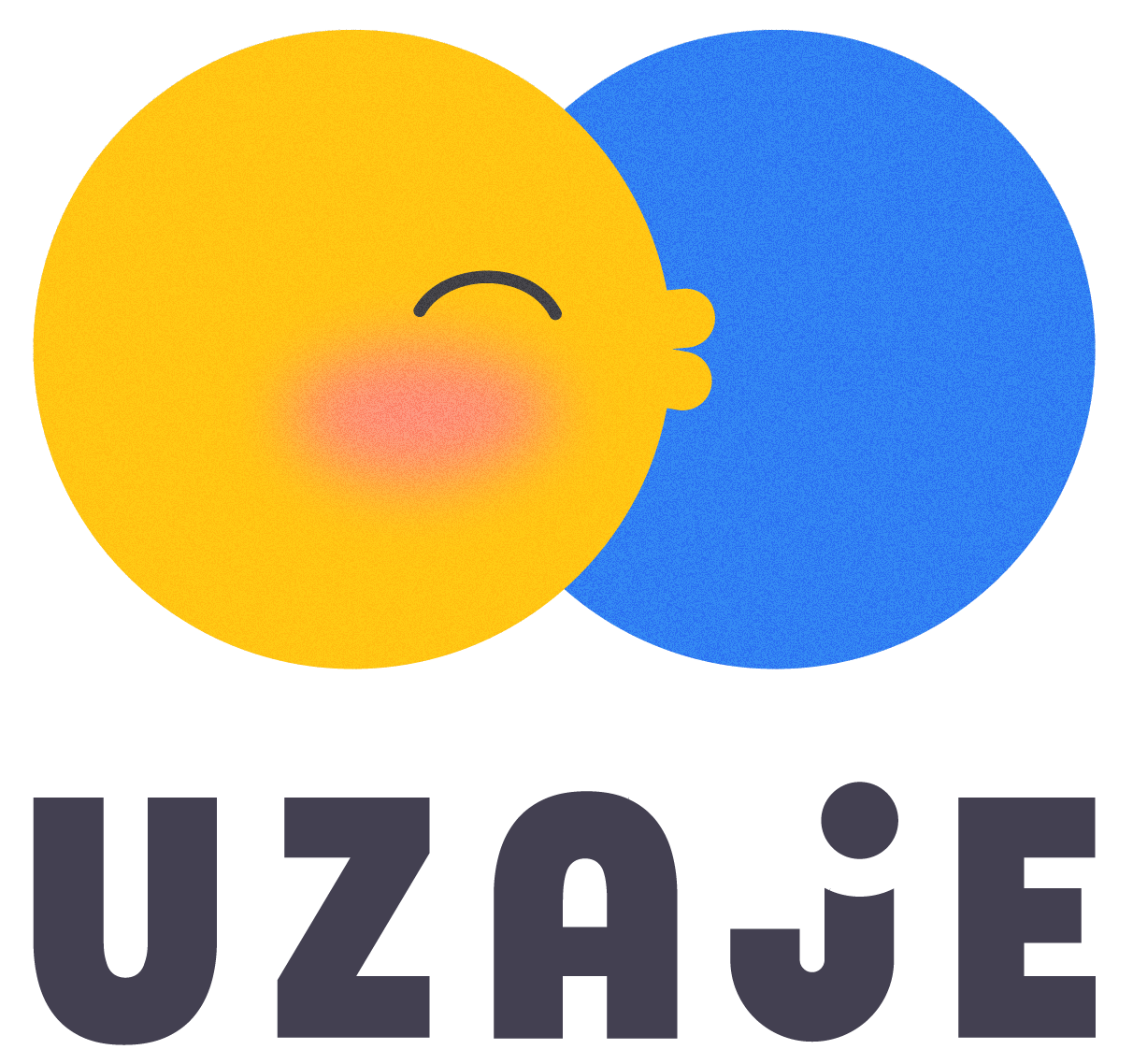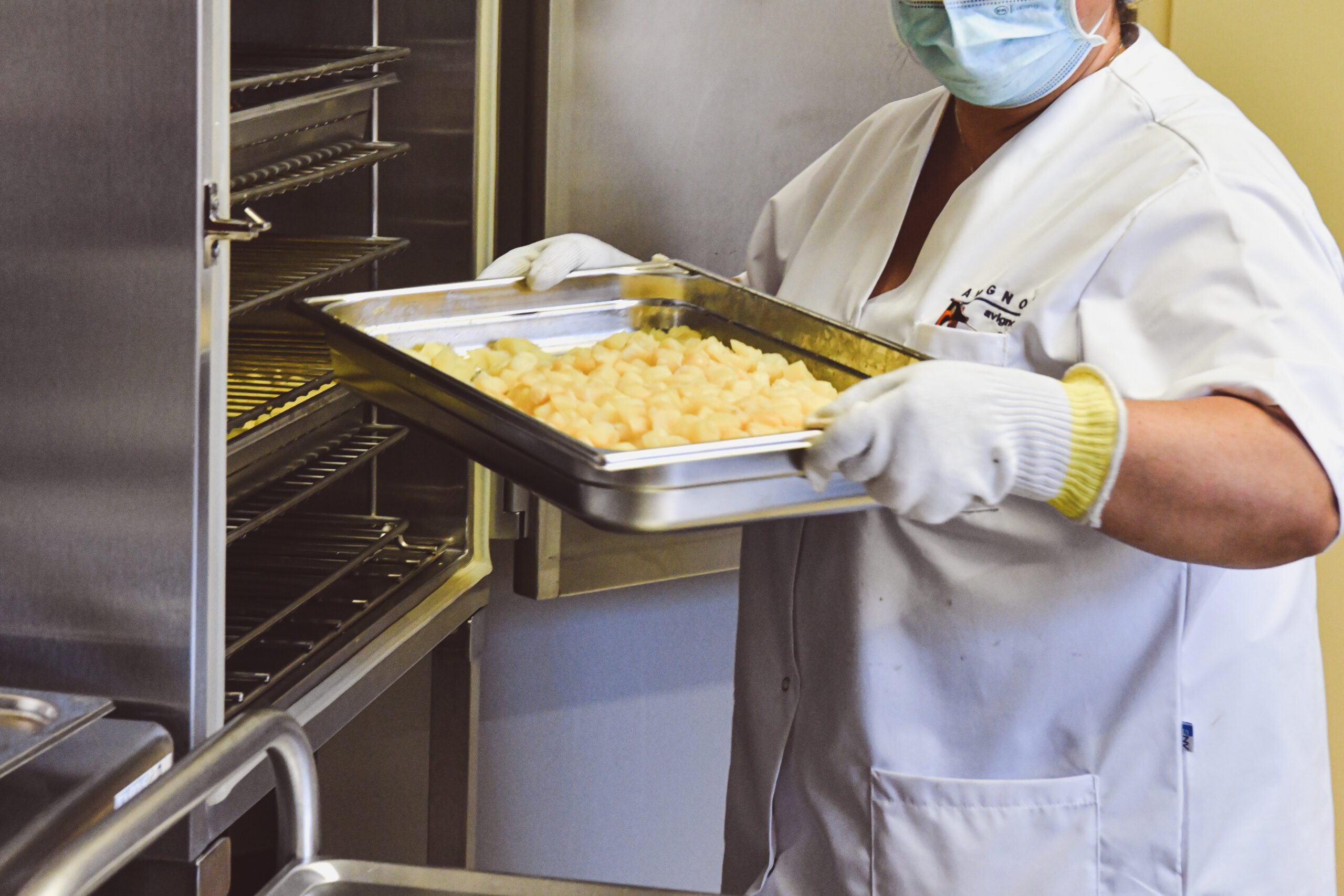At the end of 2020, the RECOLIM* working group decided to commission the Bleu Safran consultancy to carry out a comparative study of the environmental impact of plastic containers and reusable stainless steel containers.
This study provides guidelines for understanding the environmental impacts of the transition to reusable containers in the context of the Egalim law, which bans plastic cooking, reheating and serving containers by January 2025.
It contributes to the debate on the transformation of processes and practices in school catering.
Although this study has not been the subject of a critical review within the meaning of ISO standards 14040:2006 and 14044:2006, the members of the RECOLIM working group are sharing the main findings, as was done for the experiments, with the aim of enabling all public players to move forward on this issue.
Environmental impact study procedures
Bleu safran relied on the teams involved in the RECOLIM group to define a use case to be analyzed (chicken legs and green beans) according to the cooking methods used in the three central kitchens. The expert firm gathered information from technicians on current and planned organizational arrangements, in order to establish the most detailed assessment possible.
The main stages in the catering chain (packaging, transport, washing, etc.) were analyzed using four indicators:
- Contribution to climate change (in Kg Co2 equivalent)
- Depletion of energy resources (in megajoules)
- Depletion of mineral resources (in g of antimony equivalent)
- Net water consumption (in liters)
For each indicator, key parameters were taken into account:
- Container manufacturing
- Manufacture of crates, rolling bases
- Container capacity
- Allotment, delivery
- cleaning
- Transport if washing is outsourced
- End-of-life containers
The cooking, cooling, storage and rethermalization stages in satellite restaurants were not studied.
Key findings of thestudy
The impact study produced highlights the points that have the greatest impact in the field of school catering containers.
The summary in the appendix measures the main impacts of using reusable stainless steel containers.
Traditional cooking: Polypropylene tray vs GastroNorme 1/3 stainless steel tray
In terms of 3 indicators (contribution to climate change, depletion of energy resources and net water consumption), the stainless-steel tub solution scored better overall than the plastic tray solution.
The study shows that the use of GN1/3 stainless steel containers has the least impact on the following indicators: contribution to climate change, depletion of energy resources and net water consumption, despite the significant impact of stainless steel containers on transport: higher average weight of meals to be transported, need to reorganize rounds to ensure the return of dirty containers to satellite restaurants.
The overall balance is unfavorable to polypropylene trays, mainly because the manufacture and end-of-life management associated with the single-use of trays and their films contribute significantly to greenhouse gas emissions. Similarly, net water consumption also shows a balance slightly in favor of washing stainless steel containers, compared with the volume of waste generated by plastic. However, ADEME recommends caution when interpreting this indicator, due to problems with classification and characterization methods, and with inventory data sets.
However, the stainless steel container solution has a much greater impact than polypropylene trays in terms of mineral resource depletion, due to the metals used in container manufacture.
Immersion cooking: PE/PA pouch vs GastroNorme ½" stainless steel tray
PE/PA bags are a solution with less environmental impact than stainless steel bins, as their volume and weight optimize transport. Only the net water consumption indicator would give an advantage to the stainless steel tub solution.
The study shows that not all stages of the life cycle are equivalent in terms of impact on the various indicators studied. Three of them stand out: transport and allotment, container manufacture and washing.
For 3 indicators (contribution to climate change, depletion of energy resources and depletion of mineral resources), the balance is clearly in favor of the "pouch" solution. In fact, it appears that the low weight of the pouch per portion enables us to maintain a low environmental impact. The meal delivery stage is particularly detrimental to stainless steel containers in terms of the 3 indicators mentioned above: the round is lengthened (dirty containers are taken back), and the average weight and volume of meals are increased by the use of stainless steel containers. These findings have prompted us to look into more virtuous modes of transport. The washing of stainless steel bins (carried out internally or externally) also has an impact on the depletion of energy resources: consumption of electricity, consumption of petrol to transport clean bins, etc.
For the 4th indicator (net water consumption), the stainless steel tub solution appears to be the most economical. The bin washing stage has little impact on water consumption, unlike bag manufacture, which is more water-intensive (raw materials and forming processes).
What are the prospects?
Whatever the manufacturing processes used by central kitchens, this transition is part of the emergence of new public health issues. Our findings will help you to make informed decisions on these complex issues, which have major organizational, human and financial implications for those involved in school catering.
The study identifies possible areas for improvement in terms of reusable containers: stronger, more ergonomic, lighter... Manufacturers and suppliers also have a full role to play in this transition by offering products and services adapted to reuse.
R&D is needed in packaging, containers, logistics, straightening, closing and automation. These are all aspects that justify the creation of a consortium, initiated by several of France's major cities and SIVUs, to stimulate innovation on the part of manufacturers.
What is the RECOLIM working group?
Siresco, Sivuresc and Syrec, three inter-municipal catering kitchens that cook meals for 65,000 children in 25 municipalities in the Ile-de-France region, have joined forces with Uzaje, a company that specializes in washing and reusing containers, in the Recolim working group: Programme de REemploi des COntenants alimentaires (Program for the Reuse of Food Containers), in order to anticipate the EGalim law in school restaurants. This law will ban the use of plastic containers from January 1, 2025.
Reminder: First phase of the Recolim project
Starting in 2019, Siresco, Sivuresc and Syrec, along with startup Uzaje, began research and experimentation work by creating the Recolim working group. An initial phase of experimentation was carried out during 2019-2020 to identify and test possible avenues for the development of plastic-free food containers.
The first phase of experimentation has shown that, for large central kitchens, stainless steel and glass are possible solutions that add value to preparations. The experiments carried out in 2019-2020 with reusable stainless steel and glass containers are technically detailed in a comprehensive technical dossier published in November 2020. The problems encountered and the solutions envisaged are presented for two types of cooking: traditional cooking (Siresco and Sivuresc) and vacuum immersion cooking (Syrec).
For the realization of this study, Bleu Safran relied for its evaluation work on numerous sources, including: technical data of containers and delivery packaging used in school catering, technical data from Uzaje concerning washing, ecoinvent 3.5 database, IndustryData from PlasticsEurope available in Simapro (according to ecoprofile of 2014), Methodological Guide of GHG information of transport services (version of September 2018, Ministry of Ecological Transition), ADEME data (ITOM) and SNCU.


